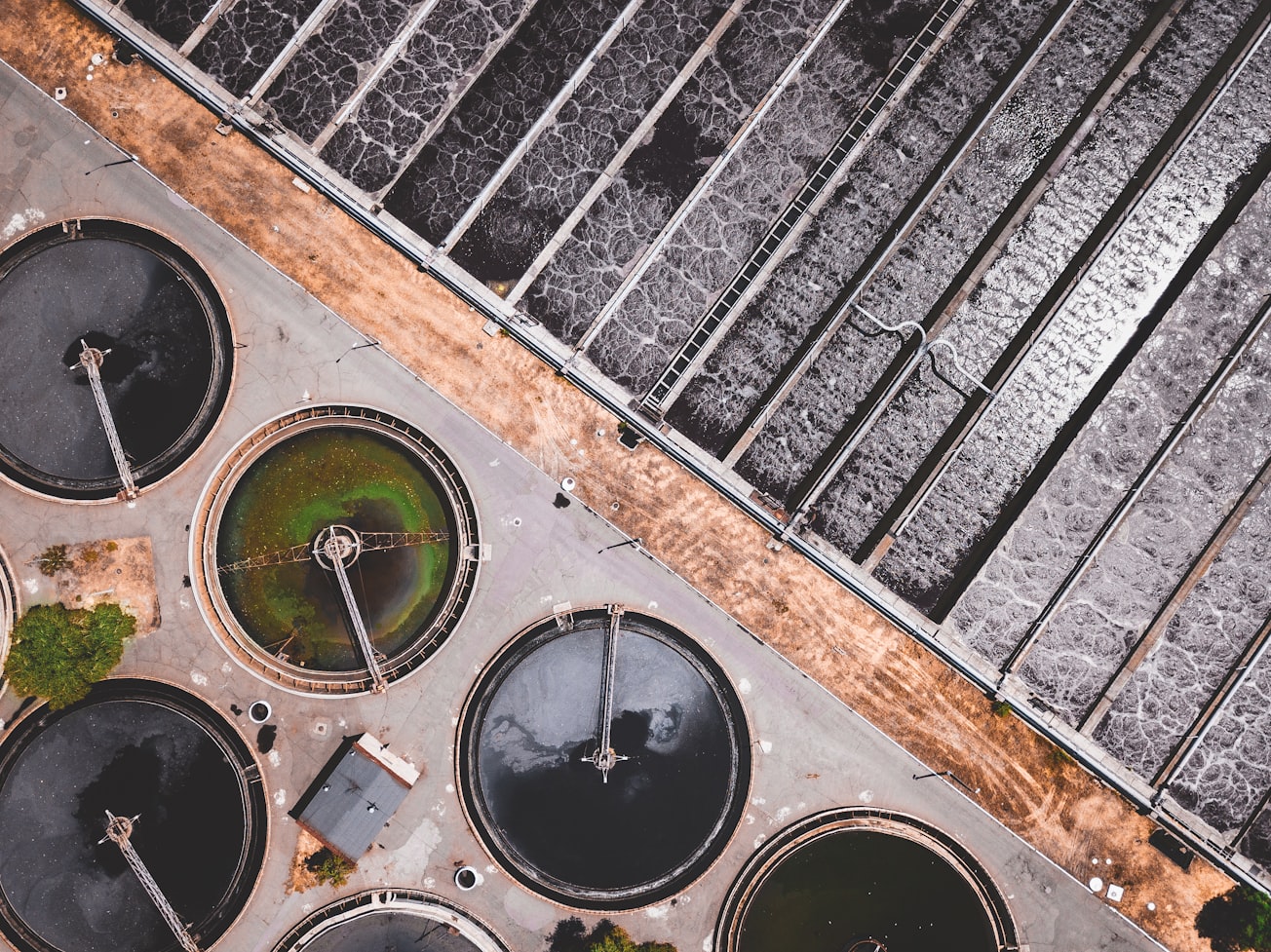What is it about?
Effluents from the tanning industry contain pollutants that are harmful to the environment and to living beings. The electrocoagulation process represents an advantage to treat these effluents, because it has a greater effectiveness with respect to biological and chemical treatments. It was observed that the effectiveness of the treatment depends on the stage of the wastewater from the tanning process to which it is applied.
Featured Image

Photo by Ivan Bandura on Unsplash
Why is it important?
There are few studies on the effects of the electrocoagulation treatment on the different stages of the tanning process. In this study, the reduction of various pollutants is observed, registering greater effectiveness than other biological and physical-chemical treatments. In addition, the economic cost of the treatment is discussed.
Perspectives
We found areas of opportunity to explore in greater depth the convenience of using this treatment for industrial effluents. The escalation of these processes for their analysis of effectiveness is the next step to continue with the research.
Mario López-Araiza
Cinvestav
Read the Original
This page is a summary of: Pollutant Removal from Wastewater at Different Stages of the Tanning Process by Electrocoagulation, Journal of Chemistry, January 2019, Hindawi Publishing Corporation,
DOI: 10.1155/2019/8162931.
You can read the full text:
Resources
Contributors
The following have contributed to this page










